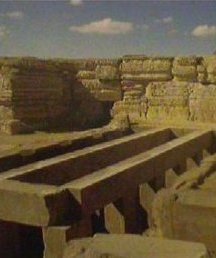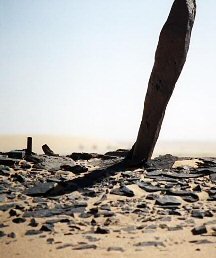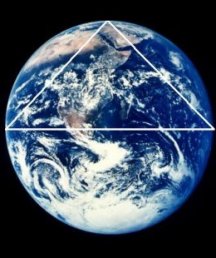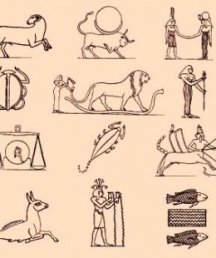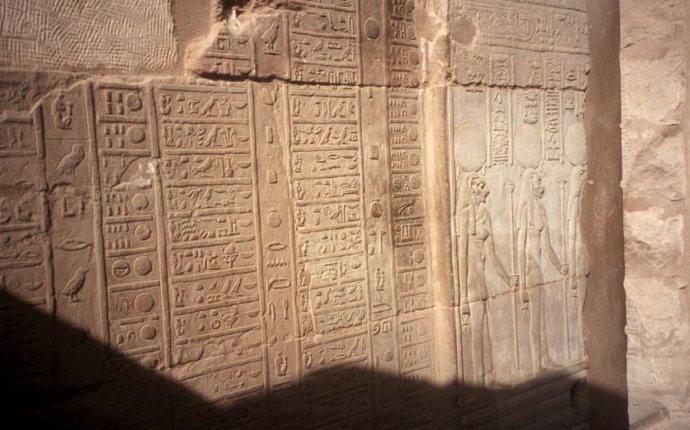
Ancient Egyptian Astronomical
Prediction of eclipses.
Discovery of the occulations of the stars and planets by the dark side of the half-moon. (1)
Discovery that the Earth is spherical - The first (official) measurement of the radius of the earth was made by Erasthenes (b. 275 B.C.), who was the head of the great library of Alexandria. He was born in Cyrene, now Libya. It seems likely that the ancient Egyptians, much before Egypt's conquest by Alexander the great, had already grasped the idea of a spherical Earth, and it was from them that this doctrine was adopted by Pythagoras, who, as we know, spent many years of study in Egypt.
(1)Discovery of the obliquity of the ecliptic - Diodorus Siculus (70 B.C.) reports that Egyptian priests claimed it was from Oenopides of Chios that we learned the sun moved in an inclined orbit and oppositely to the motion of the other stars. In this connection, it should be noted that the priority of Oenopides claim to this discovery is disputed by Pythagoras. In view of the fact that both Pythagoras and Oenopides went to Egypt to study astronomy, it would seem only fair to give their Egyptian teachers at least some of the credit.
(1)First proof that the angular diameters of the sun and moon re unequal - Sosigenes (2nd Cent. A.D), the Egyptian astronomer who gave Europe the Julian calendar, showed that the angular diameters are unequal by advertising to the phenomena of annular eclipses of the sun.
(1)First use of the Clepsydra (water clock), to measure the angular diameter of the sun.
(1)Discovery of the conjunction of the planets with each other as well as the fixed stars - This is on the testimony of Aristotle in his Meterology.
(1)The Heliocentric theory of the rotation of the earth and other planets about the sun.
(1)